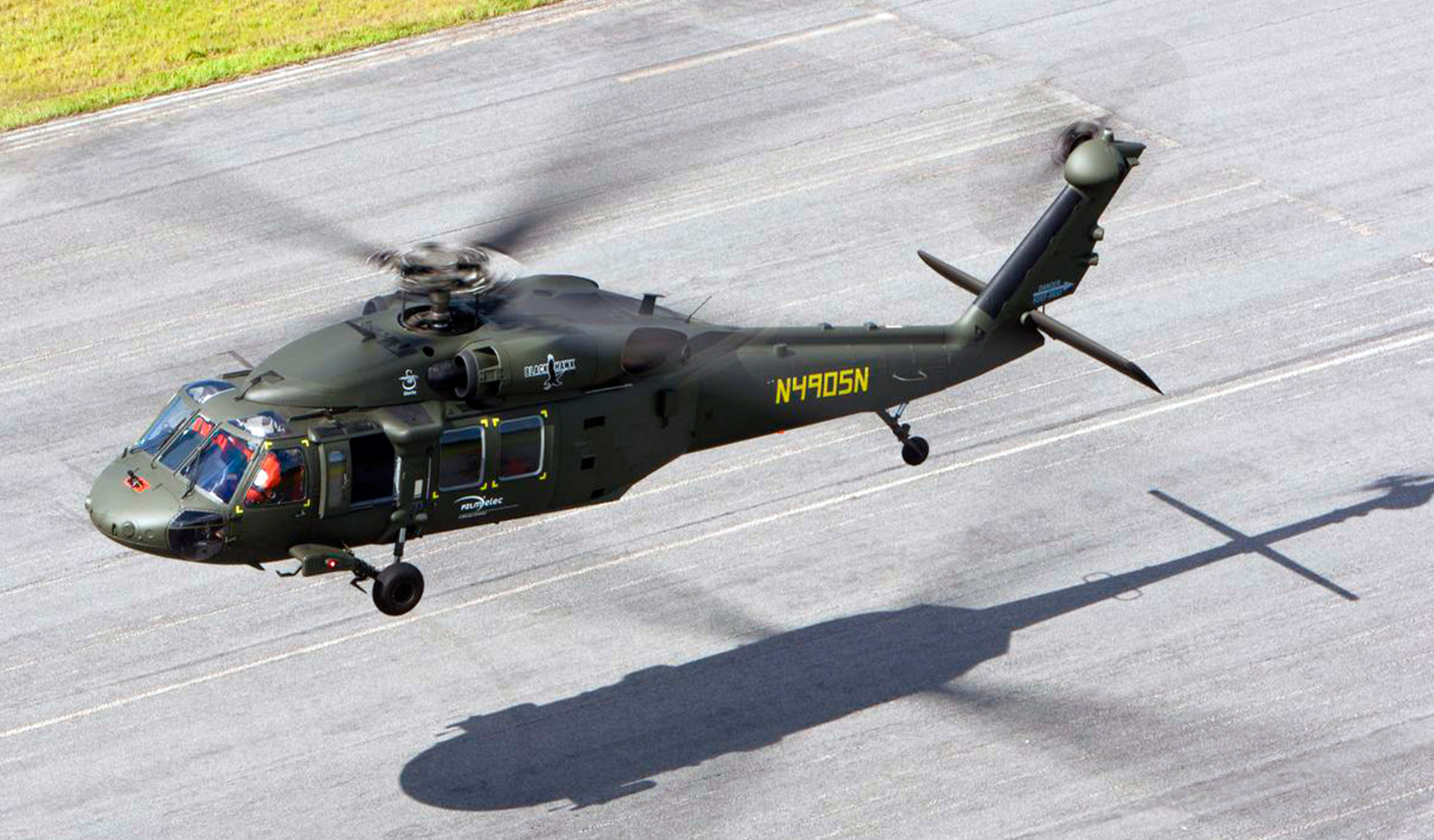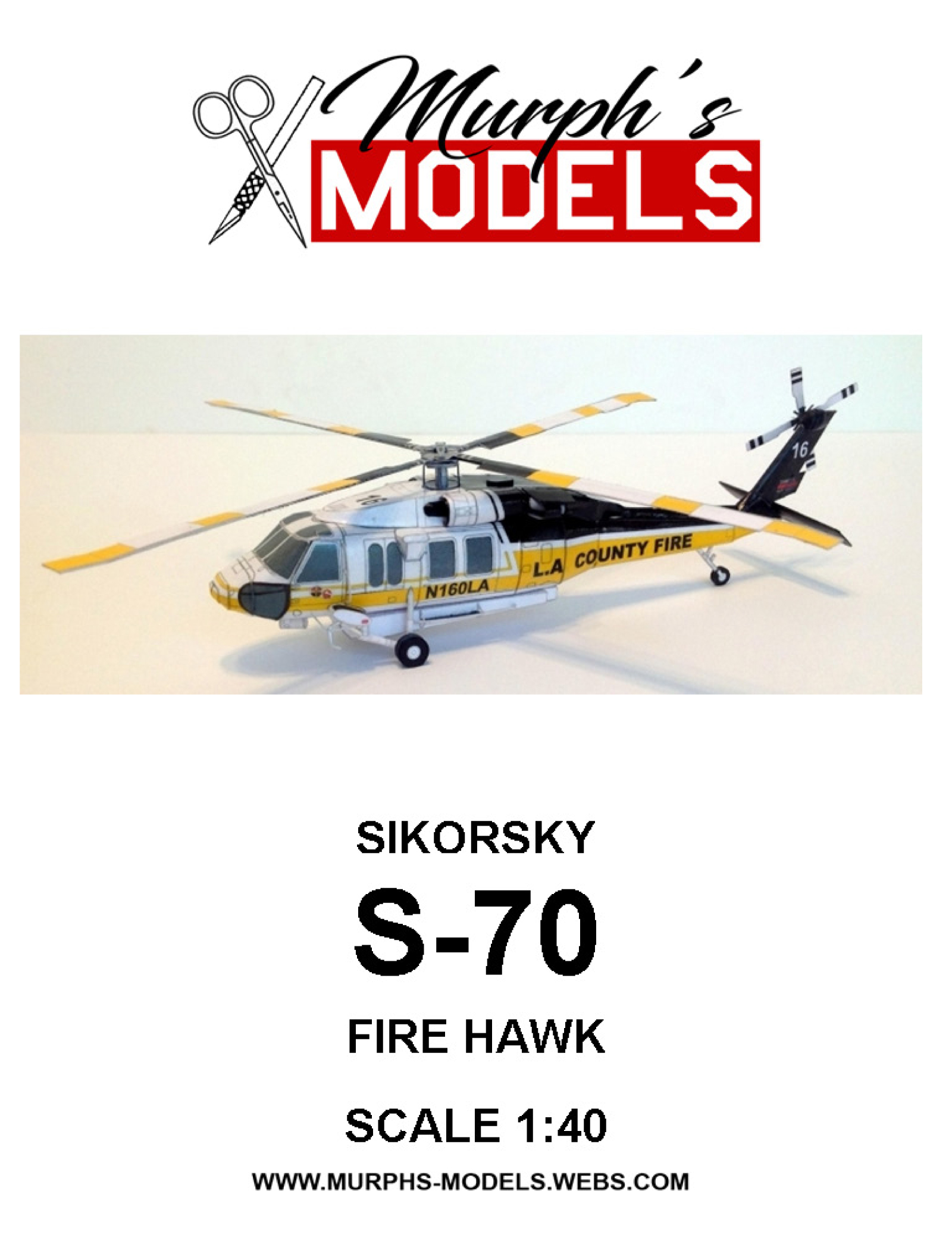Sikorsky S 70: Enhancing Helicopter Effectiveness and Adaptability
Sikorsky S 70: Enhancing Helicopter Effectiveness and Adaptability
Blog Article
High-Performance Multi-Role Rotorcraft Featuring Advanced Cockpit Technologies and Integrated Sensor Equipments
The world of rotorcraft modern technology has actually seen notable innovations in recent times, especially in the realm of high-performance multi-role rotorcraft outfitted with advanced cabin innovations and seamlessly integrated sensor systems. These developments have not just increased the functional abilities of rotorcraft yet have likewise substantially influenced modern-day aeronautics operations on various fronts. From improved mission flexibility to boosted functional performance, the merging of sophisticated cabin modern technologies and incorporated sensing unit systems has actually ushered in a new period of possibilities for rotorcraft applications. In the adhering to conversation, we will certainly discover the evolution of rotorcraft technology, delve into the realm of advanced cockpit innovations, and check out the implications of integrated sensor systems on the operational adaptability and performance of contemporary rotorcraft.
Development of Rotorcraft Innovation
The development of rotorcraft innovation has been marked by significant innovations in aerodynamics, materials, and propulsion systems, forming the capabilities and performance of modern rotorcraft. In addition, advancements in propulsion systems, including extra effective engines and innovative propulsion modern technologies, have actually enabled rotorcraft to accomplish greater elevations, faster speeds, and higher hauls.
These innovations have not just changed the capabilities of rotorcraft yet have likewise expanded their applications across numerous markets, including army, commercial, and emergency situation solutions. The continuous advancement of rotorcraft modern technology remains to drive innovation in the area, pushing the borders of what is feasible and shaping the future of upright trip.
Advanced Cockpit Innovations
Building upon the fundamental advancements in the rules of aerodynamics, materials, and propulsion systems, the world of rotorcraft technology now shifts emphasis towards pioneering Advanced Cabin Innovations. The assimilation of advanced innovations within the cockpit atmosphere plays a vital function in boosting the operational capabilities, safety, and performance of modern-day rotorcraft. sikorsky s 70. Advanced Cabin Innovations incorporate a large range of functions developed to give pilots with improved situational awareness, structured information administration, and intuitive control user interfaces
Among the vital innovations in cockpit layout is the application of glass cabins, which change traditional analog assesses with high-resolution display screens. These digital systems provide customizable formats, real-time information combination, and enhanced readability, allowing pilots to access critical information at a glimpse. Progressed avionics systems, such as fly-by-wire controls and augmented reality display screens, are transforming just how pilots interact with the aircraft, permitting for specific control and boosted decision-making capacities.


Integrating sophisticated cockpit advancements not only boosts pilot efficiency however additionally adds to total goal effectiveness and safety in complicated operational settings. By leveraging advanced modern technologies within the cockpit, rotorcraft producers are setting brand-new requirements for functional quality and goal success.
Integrated Sensing Unit Equipments
With the advancement of rotorcraft innovation, the integration of advanced Integrated Sensor Systems has actually ended up being paramount in boosting operational effectiveness and security. These Integrated Sensing unit Solutions encompass a vast range of technologies that supply critical information for different functions such as navigating, monitoring, targeting, and environmental monitoring. By perfectly integrating sensing units like radars, video cameras, lidar, and infrared systems into rotorcraft, drivers can profit from improved situational understanding, improved objective capabilities, and lowered pilot workload.
One key advantage of Integrated Sensing unit Solutions is their ability to collect real-time information and supply actionable insights to pilots and mission drivers. Advanced radar systems can find and track targets over long ranges, enabling for very early danger detection and efficient response preparation. Additionally, integrating infrared and electro-optical electronic cameras makes it possible for rotorcraft to carry out reconnaissance and monitoring missions with precision and accuracy.
In essence, the integration of sophisticated sensing unit modern technologies right into rotorcraft not just boosts functional effectiveness but also adds substantially to general goal success and team safety. As rotorcraft continue to advance, the role of Integrated Sensor Systems will most certainly remain at the center of development in the aerospace industry.
Functional Convenience and Performance
Enhancing operational flexibility and effectiveness in rotorcraft is an all-natural progression from the assimilation of advanced Integrated Sensor Systems. By leveraging the information and insights supplied by these sophisticated sensor systems, rotorcraft can maximize their efficiency across numerous missions and settings.
Functional convenience includes the capability of rotorcraft to adjust to different duties and scenarios effectively. With innovative cabin modern technologies and incorporated sensing unit systems, rotorcraft can perfectly change in between tasks such as search and rescue, medical evacuation, monitoring, and more. This flexibility improves the rotorcraft's capability to fulfill diverse operational demands without requiring substantial reconfiguration.
Performance in rotorcraft procedures is crucial for optimizing objective effectiveness and source application. Integrated sensor systems play a pivotal role in boosting operational efficiency by giving real-time data on climate condition, surface mapping, target tracking, and a lot more. This information makes it possible for pilots to make enlightened decisions swiftly, optimize trip paths, conserve gas, and boost general mission performance.
Influence On Modern Aviation Workflow

Moreover, the assimilation of innovative sensing units assists in boosted objective preparation and implementation, making it possible the original source for rotorcraft to execute a variety of tasks with enhanced accuracy. From search and rescue procedures to airborne firefighting and regulation enforcement goals, the capacities of contemporary rotorcraft furnished with sophisticated cabin innovations and incorporated sensing unit systems are unmatched.
Moreover, the impact of these improvements prolongs past functional effectiveness to cost-effectiveness and sustainability. By enhancing trip routes, fuel usage, and upkeep schedules, high-performance rotorcraft furnished with advanced cockpit innovations and sensors add to minimizing functional costs and ecological effect, making them vital properties in modern-day air travel procedures.
Final Thought
To conclude, the high-performance multi-role rotorcraft with sophisticated cockpit innovations and incorporated sensing unit systems stands for a considerable development in air travel technology. These technologies enhance operational convenience and effectiveness, eventually affecting modern-day aeronautics procedures in a positive method. The assimilation of these sophisticated technologies permits boosted capabilities and performance in different mission scenarios, showcasing the continued innovation of rotorcraft technology in the air travel market.
The realm of rotorcraft technology has actually seen notable advancements in current times, especially in the realm of high-performance multi-role rotorcraft outfitted with innovative cabin technologies and seamlessly incorporated sensing unit systems. From improved goal versatility to enhanced operational effectiveness, the convergence of innovative cabin modern technologies and integrated sensing unit systems has ushered in a brand-new period of opportunities for rotorcraft applications. In the complying with conversation, we will explore the advancement of rotorcraft technology, dig into the realm of innovative cockpit technologies, and take a look at the effects of incorporated sensing unit systems on the operational convenience and effectiveness of modern-day rotorcraft.

Report this page